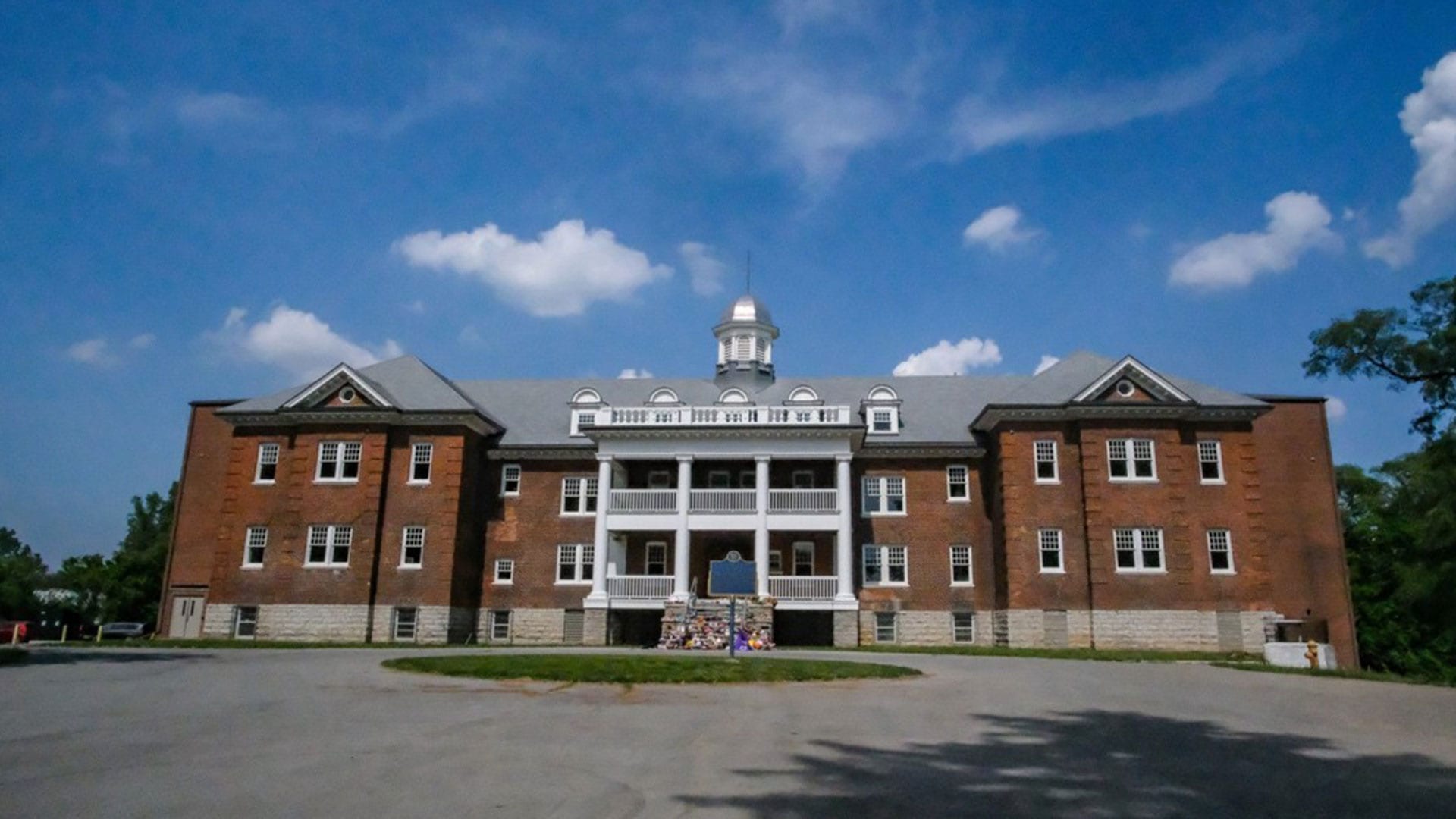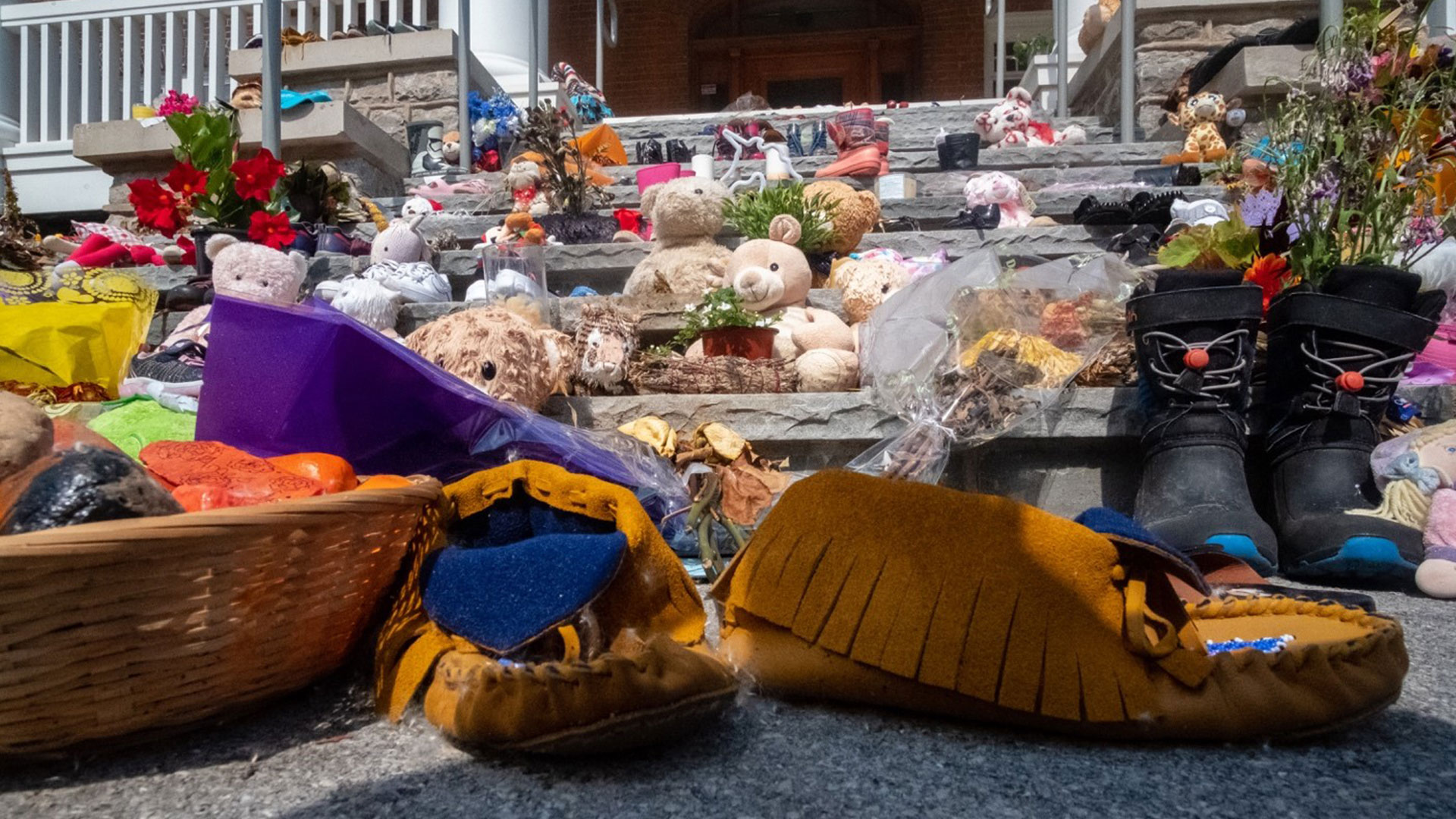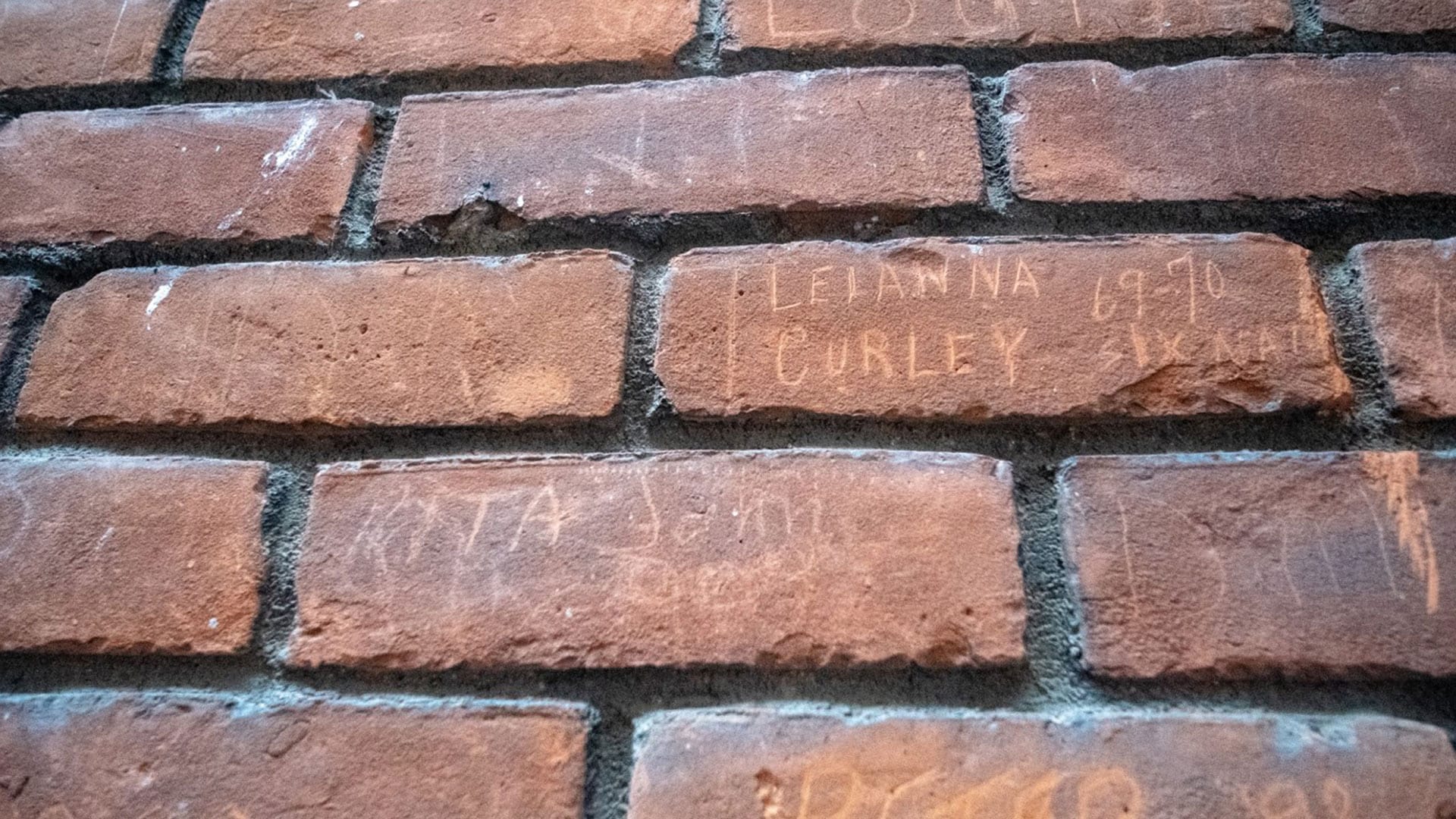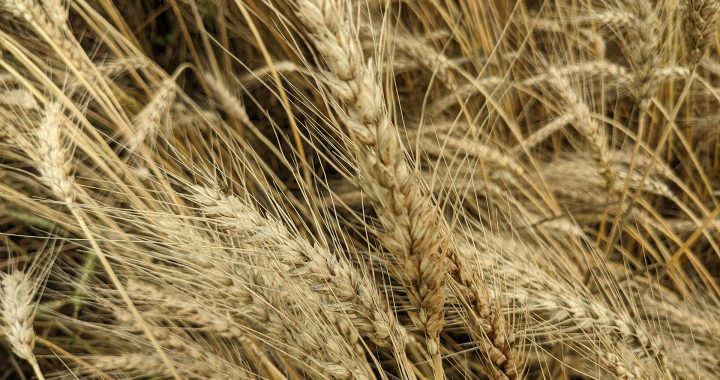Janis Monture has heard the stories and testimonials by survivors who attended the former Mohawk Institute Residential School in Brantford, Ont. — and she knows of the probable deaths and burials that are unmarked.
“We’ve been doing this work since 1972 and obviously, with the residential school component, when we work here we know the stories, we know the history,” Monture told APTN News.
“We’ve been doing this for almost 50 years and talking about what this place used to be. It surprises me that there’s so many who still are shocked by the atrocities that took place in schools.”
Monture is an intergenerational survivor of residential schools and the executive director of the Woodland Cultural Centre, a cultural and heritage museum housed on the grounds of the former institute, also known as the Mush Hole, located near Six Nations of the Grand River Territory.
While the institute operated for over 140 years, Monture, who has been with the cultural centre since 2003, has yet to see complete records to account for some 15,000 children who attended.
“People come here and want information about their family and access to records, if we have any. But we have very few records on site and there’s huge gaps between the years,” Monture said. “That’s one of the calls, to get those records available to the survivors and their families and also to have it for historical and research purposes as well.”
She noted that, while exact numbers of children who died or went missing are unknown because of huge gaps in records, preliminary research indicates anywhere from 30 to 50 deaths.
“Releasing those records is really important and they should have been released a long time ago. There’s a lot of survivors who’ve passed on who never got that closure of access,” she said.
She’s frustrated it took the uncovering at Kamloops for Canada to act.
“Why did it take till 2021 for the nation to wake up, we’ve heard testimonials from the TRC survivors sharing these stories in public forums?” Monture said.
The centre has consulted with survivors and hosted campaigns and fundraised through the “Save the Evidence,” campaign to complete restoration work to turn the area into a heritage site.

Over the last decade only a few small-scale ground searches have taken place, but on May 31 Six Nations elected Chief Mark Hill demanded Prime Minister Justin Trudeau assist in an immediate criminal investigation and ground search.
“It was calling upon the government to assist us and support a criminal investigation into this matter. And not just going down a commemoration lane,” Hill told APTN. “We see and recognize the intergenerational trauma that currently still exists amongst many communities today, you know, and we see all of those pieces that again, stem from this system.”
On June 11, Hill penned letters to Premier Doug Ford, Attorney General Doug Downey, Solicitor General Sylvia Jones, OPP Commissioner Thomas Carrique and chief coroner Dr. Dirk Huyer asking for an immediate investigation into the deaths of missing children who attended the Mohawk Institute.
Upon the discovery of 215 children whose remains were located on the grounds of a former residential school in Kamloops B.C., Hill also immediately wrote to the federal Minister of Indigenous Services Marc Miller and federal minister of Crown-Indigenous Relations Carolyn Bennett.
He asked Ottawa to allocate more than one-third of the $27 million promised to communities to locate and memorialize children who died at residential schools to Six Nations.
On June 15, First Nations leaders gathered on Treaty 3 territory while Ford made the announcement that $10 million would go to identify residential burial sites in the province.
No set dollar amount was allocated specifically for work to be done on the grounds of the former Mohawk Institute, however.

Hill told APTN the work will be exhausting in all areas not limited to the search itself but to the equipment and technology needed, the expertise and supports for survivors.
“We want justice for our children and families who attended the Mohawk Institute. And it wasn’t just necessarily all of our members that attended the Institute. There were many children from across this province that came to that residential school,” Hill said.
Six Nations has had conversations with other communities and First Nations across the country.
Hill said a working group made up of Six Nations survivors and the community has already been providing guidance to the elected council on how to move forward with regards to searching the grounds of the Mohawk Institute.

A full investigation of the grounds would need to extend well beyond the current Woodland Cultural Centre which houses the former Mohawk Institute dormitory built in 1904.
The residential school burned down twice, switched locations and has long been associated with various farm lands where children were forced to work in the fields.
Monture pointed out various places that have yet to be searched including the side of the school which housed the boys, all of the west-end behind the museum and from the industrial part of the grounds all the way back behind the building.
In 2010, the city of Brantford undertook a waterline extension and completed a search from the south side of the museum building, which used to be the classrooms and gymnasium at the Mohawk Institute.
Between, 2017 and 2019, work began on the Mohawk Village Memorial Park that required a small ground search to take place.
Survivors who attended the Mohawk Institute were developing the memorial park on five acres of the property.
Archeological research associates dug several thousand test holes in the small area on the south side of the museum out to the street but at that time there was no indication of human remains.
The Indian Residential Schools Resolution Health Support Program has a hotline to help residential school survivors and their relatives suffering from trauma invoked by past abuse. The number is 1-866-925-4419.









